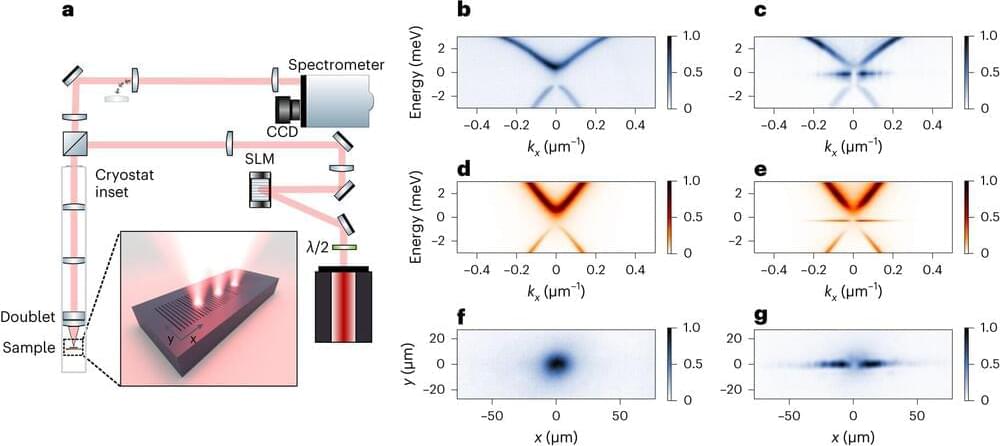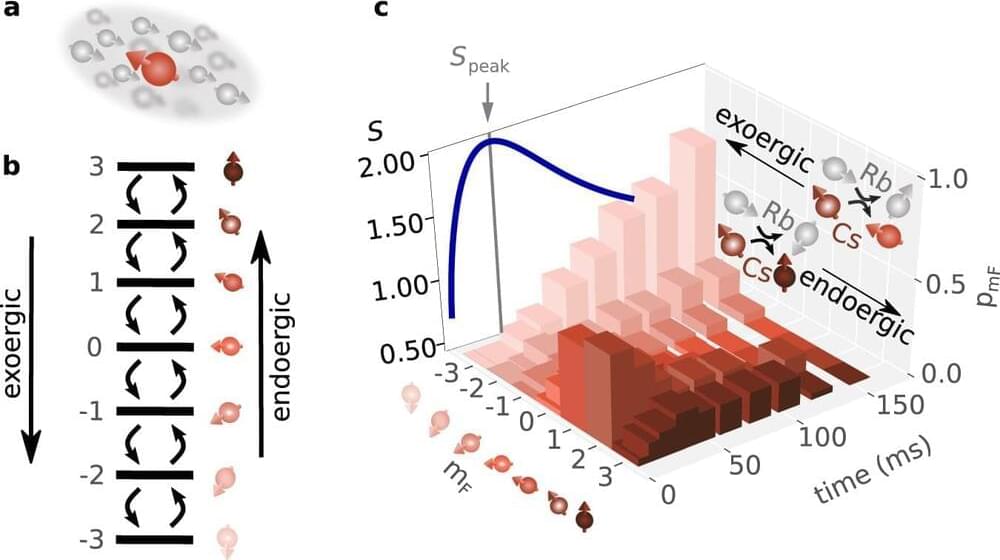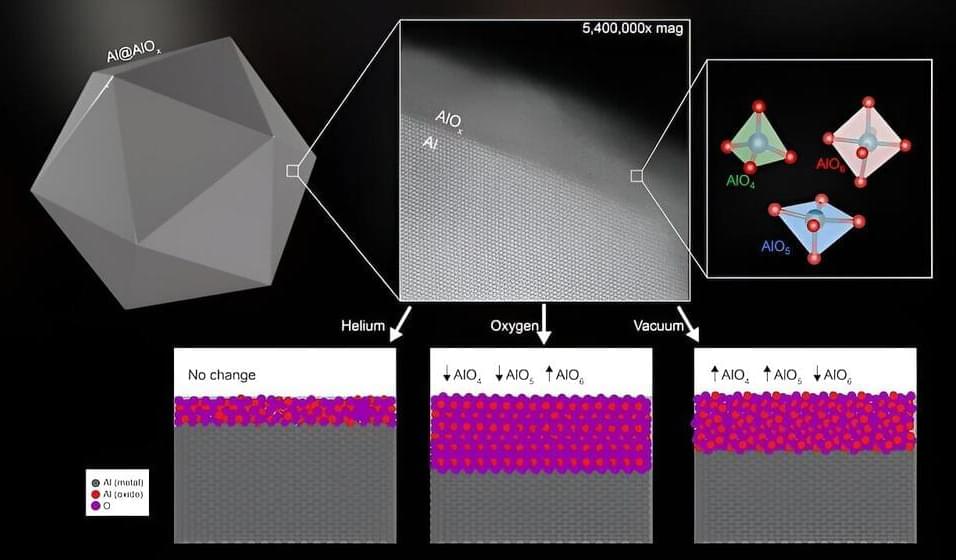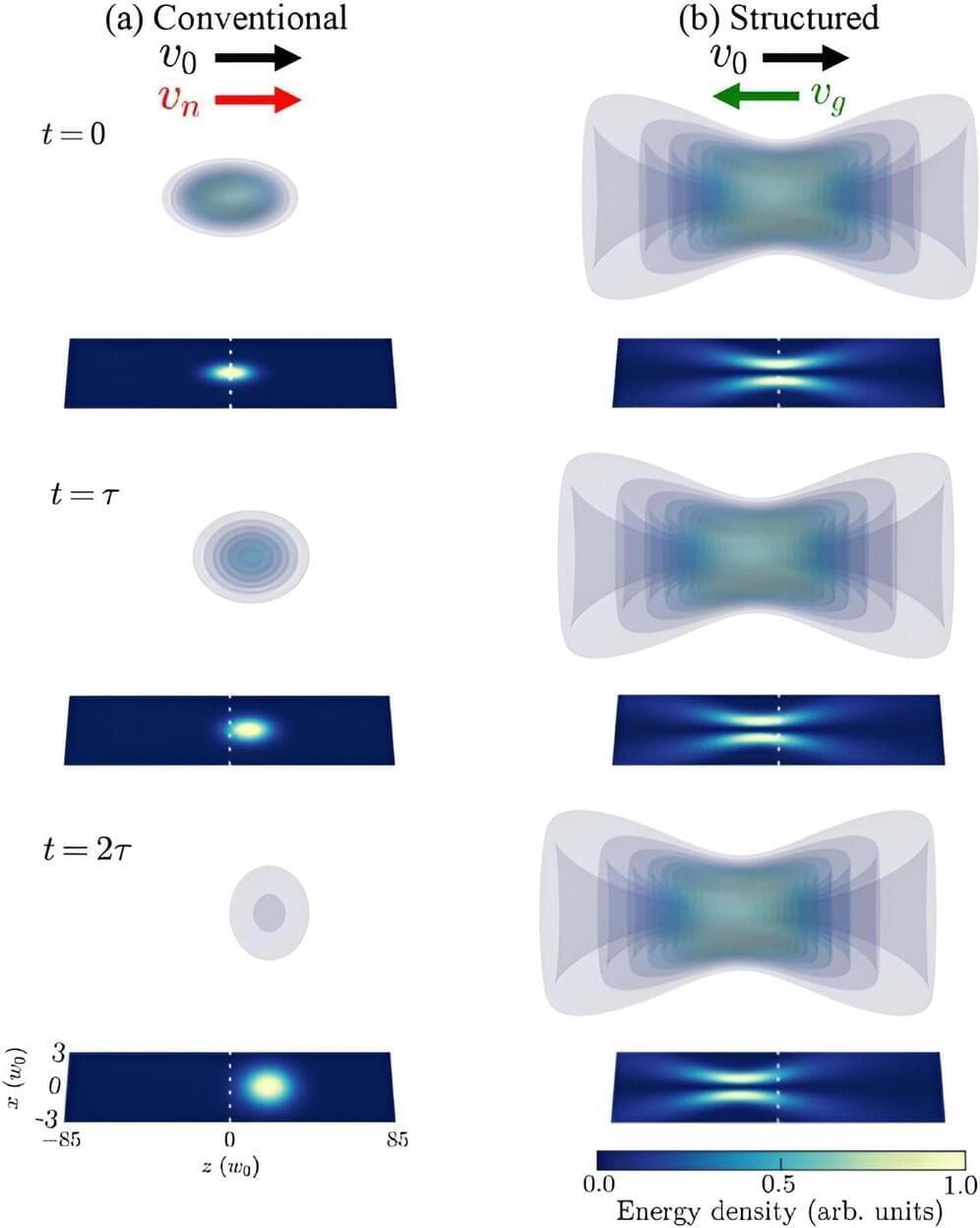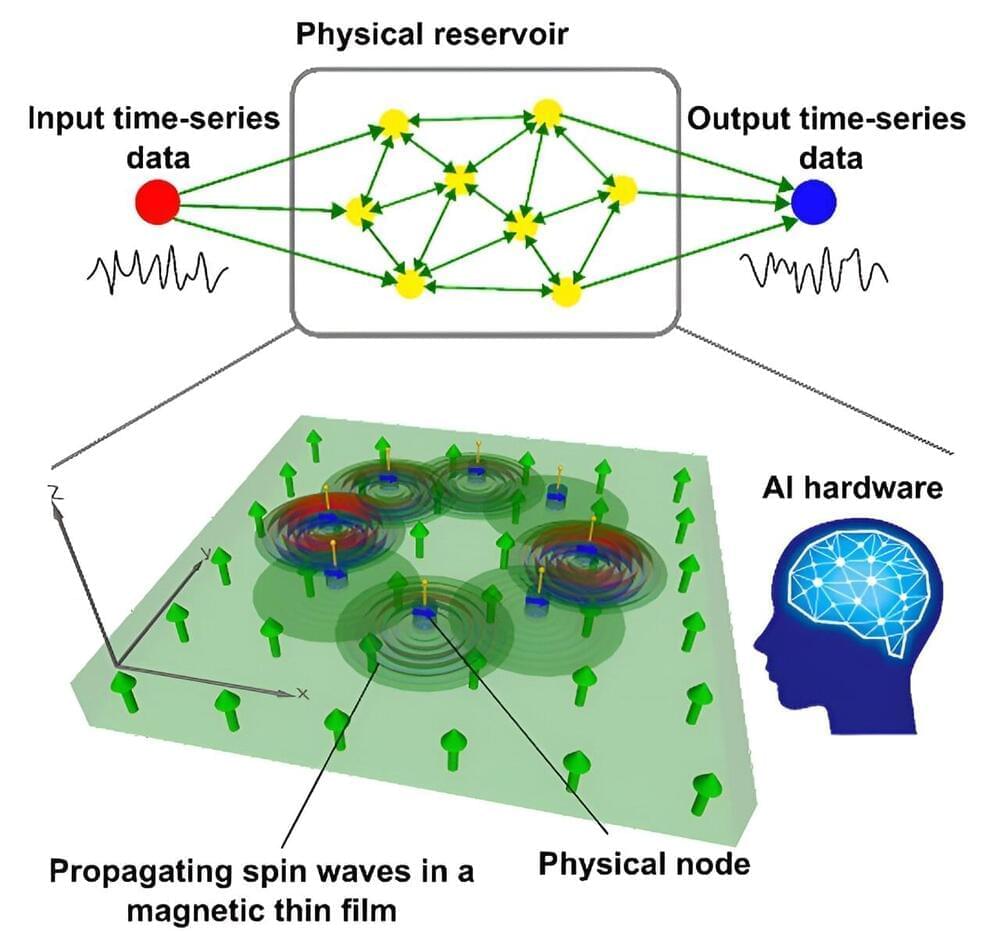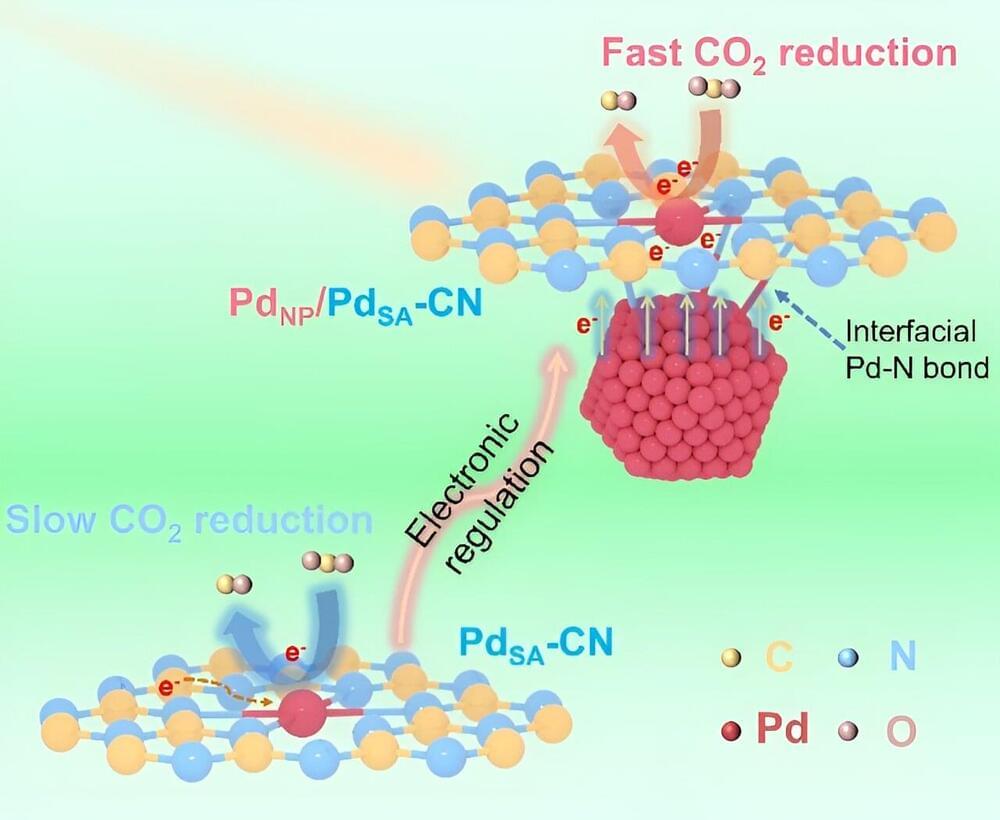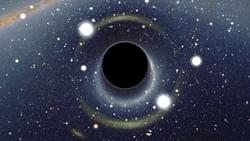The story of how life started on Earth is one that scientists are eager to learn. Researchers may have uncovered an important detail in the plot of chapter one: an explanation of how bubbles of fat came to form the membranes of the very first cells.
A key part of the new findings, made by a team from The Scripps Research Institute in California, is that a chemical process called phosphorylation may have happened earlier than previously thought.
This process adds groups of atoms that include phosphorus to a molecule, bringing extra functions with it – functions that can turn spherical collections of fats called protocells into more advanced versions of themselves, able to be more versatile, stable, and chemically active.

